Loading a car onto a U-Haul trailer might seem daunting, but with the right approach and understanding of the steps involved, it can become a seamless part of your moving process. This guide not only explores the intricate details of safely loading a vehicle onto a U-Haul trailer but also covers essential tips and techniques for ensuring that your vehicle remains secure throughout transport.
Understanding U-Haul Trailers
Before diving into the loading process, it’s essential to familiarize yourself with the specific type of U-Haul trailer you will be using. U-Haul offers a variety of trailers designed for different vehicles and loads.
Types of U-Haul Trailers
| Trailer Type | Description | Best For |
|---|---|---|
| Auto Transport Trailer | Designed for towing cars, this trailer has two wheels and a ramp system. | Cars, small trucks |
| Car Dolly | Holds the front wheels of the vehicle off the ground and carries the back wheels on the road. | Front-wheel-drive vehicles |
| Utility Trailer | Open trailers suitable for transporting various items, including small vehicles, but not recommended for cars. | General-purpose hauling |
Understanding which trailer fits your needs will set the groundwork for effective loading.
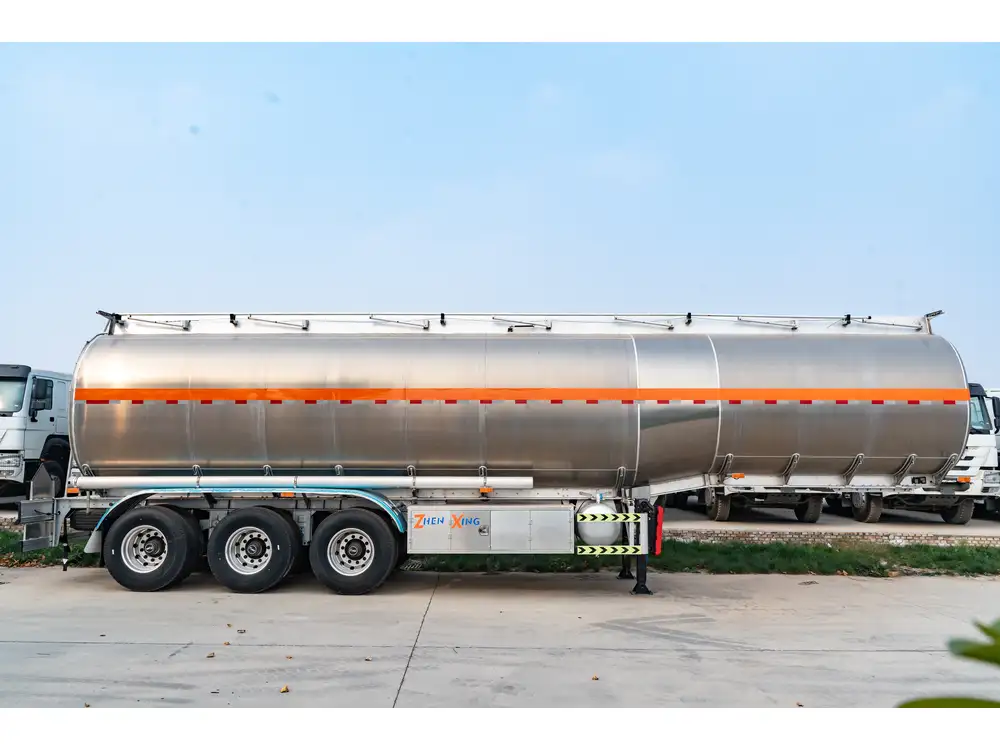
Essential Supplies for Loading
Before you begin the loading process, gather the following tools and supplies:
- Loading Ramp: Often included with the trailer, ensure it’s in good working condition.
- Tie-Down Straps: These should be heavy-duty and designed to secure vehicles for transport.
- Wheel Chocks: Essential for preventing the vehicle from rolling during the loading process.
- Ratchet Straps or Chains: For securing the vehicle once loaded.
- Gloves: Protect your hands during the process.
Step-by-Step Guide: Loading Your Car onto a U-Haul Trailer
Step 1: Preparation and Safety Checks
Inspect the Trailer: Examine the trailer for any visible damage, including lights, brakes, and tires. Ensure that the ramp functions properly and securely attaches to the trailer.
Check Vehicle Clearance: Confirm that your vehicle can fit on the trailer without any obstructions. Measure your vehicle’s height and width compared to the trailer dimensions.
Read the Instructions: Review the specific loading instructions provided by U-Haul, which may differ based on the type of trailer you rented.
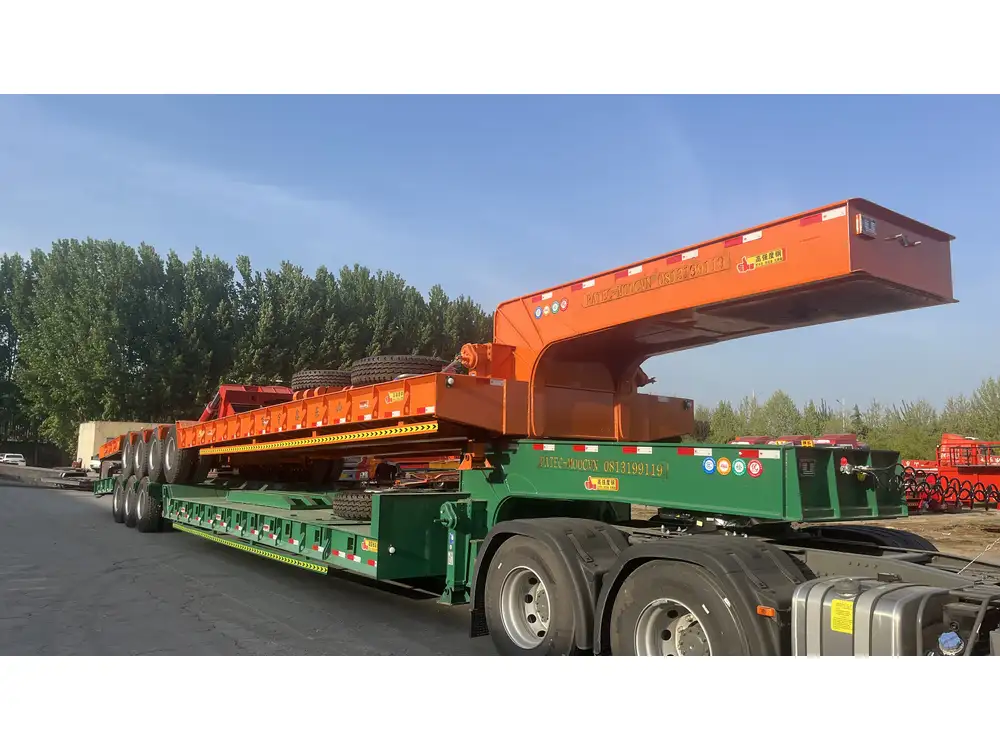
Step 2: Position the Trailer
- Level Ground: Ensure that the trailer is parked on a flat, stable surface to prevent shifts during loading.
- Trailer Angle: If possible, position the trailer at a slight incline to facilitate easier loading.
Step 3: Load the Vehicle
Align the Vehicle: Drive your vehicle up to the trailer. Align the front wheels with the ramp.
Secure the Ramp: Ensure that the ramp is securely in place. If it’s removable, attach it firmly to prevent slipping.
Drive Slowly: Begin to drive up the ramp slowly. It’s recommended to have someone guide you to ensure proper navigation.
Step 4: Secure the Vehicle
Once the vehicle is fully on the trailer:
Engage the Parking Brake: This is vital. Engage your vehicle’s parking brake to prevent rolling.
Use Wheel Chocks: Place chocks behind the rear wheels to add an extra layer of security.
Strap Down the Vehicle: Using heavy-duty tie-down straps, secure the vehicle. Wrap the straps around the tires and connect them to the trailer. Ensure they are tight but avoid over-tightening, which can cause damage.
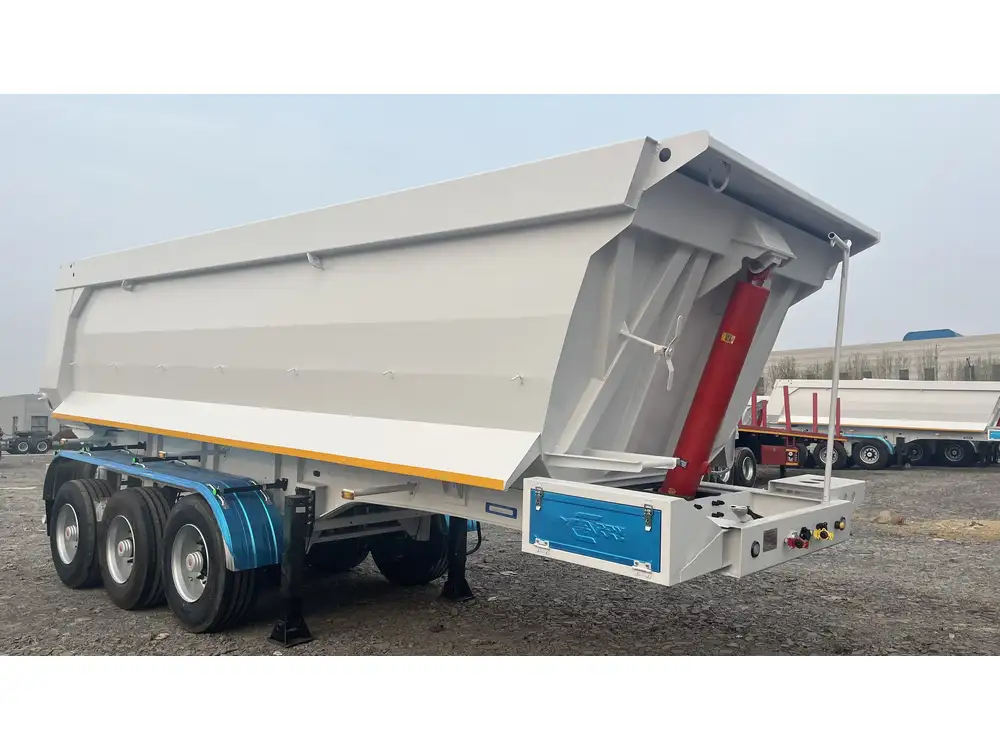
Step 5: Final Safety Checks
- Inspect Your Load: Walk around the trailer to ensure everything is secure. Check the ramp, straps, and safety chains.
- Test the Lights: Before hitting the road, ensure that the trailer’s lights are functioning correctly.
Additional Tips for a Smooth Loading Experience
Loading Techniques by Vehicle Type
For Sedans and Coupes: Line the vehicle up straight for a smooth ascent. Avoid sharp turns when driving up the ramp.
For SUVs and Trucks: Due to their higher center of gravity, proceed with caution and at a slower speed to prevent tipping.
For Lowered Vehicles: If applicable, consider using extra wood planks to create a gentler incline for loading.
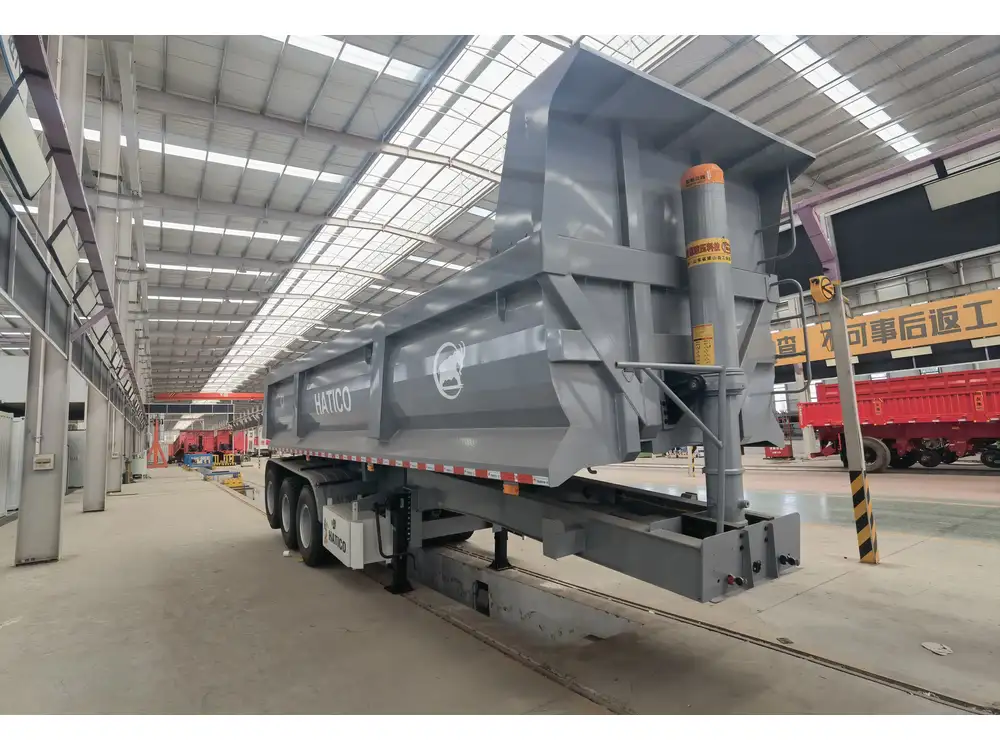
Common Problems and Solutions
Problem: The Ramp Is Too Steep
Solution: If necessary, build a wooden ramp extension to reduce the angle, providing easier access.
Problem: Vehicle Shakes During Transport
Solution: Ensure that you have used at least four tie-down straps and that they are cinched to eliminate movement.
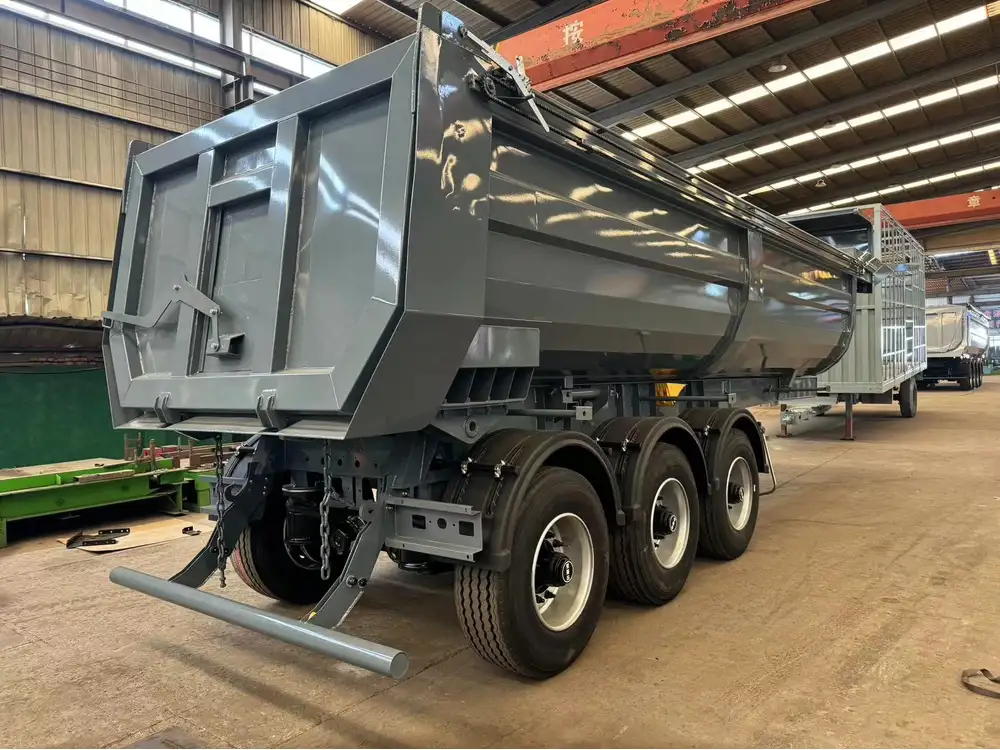
Legal and Safety Considerations
Understanding the legal requirements for towing vehicles on trailers can save you from potential fines:
Weight Limits: Know the weight limit of both your vehicle and the trailer. This information is typically available in the vehicle’s manual or on the trailer itself.
Registration and Insurance: Ensure the trailer is registered and that you have appropriate insurance coverage.
Traffic Laws: Familiarize yourself with local traffic laws regarding trailer towing, especially regarding speed limits and lane restrictions.
Safety Precautions During Transport
- Regular Checks: Make stops every few hours to check that your load remains secure.
- Drive Cautiously: Towing affects braking distance and maneuverability; drive slower than usual.
- Avoid Overloading: Adhere strictly to the trailer’s weight guidelines, avoiding additional weights that may destabilize your load.
Conclusion
Loading a car on a U-Haul trailer doesn’t have to be a stress-inducing process. By following the outlined steps and keeping safety at the forefront, we can ensure that our vehicles are transported securely and efficiently. From understanding the trailer types to employing the correct techniques for securing your vehicle, each aspect plays a pivotal role in successful loads. With appropriate precautions, we can navigate our tasks with confidence, allowing us to focus on our journey ahead.
Understanding these nuances can help mitigate problems before they arise, transforming a typically cumbersome process into an organized and manageable task. Not only does this approach ensure the safety of your vehicle during transport, but it also guarantees peace of mind throughout the journey.



